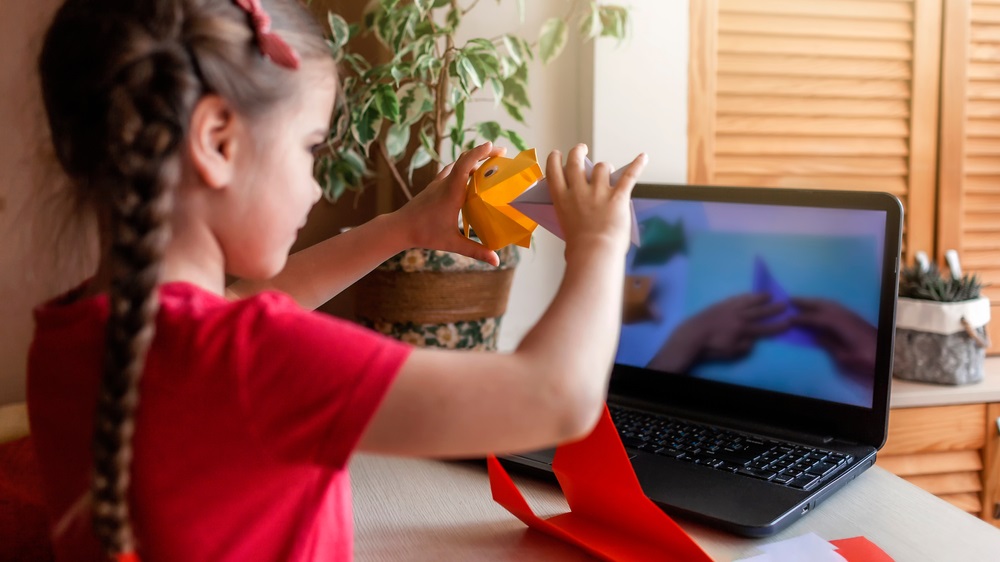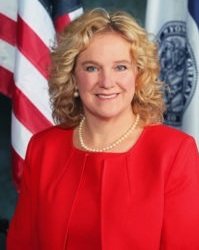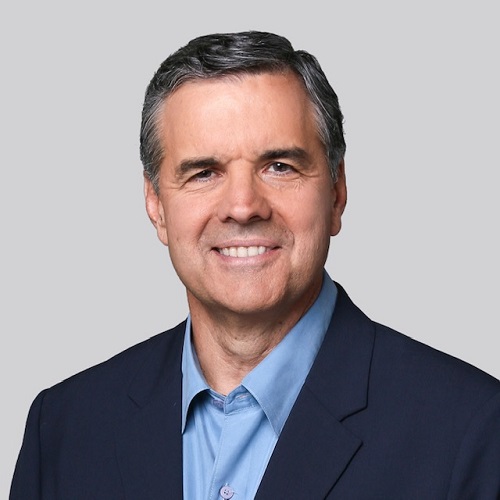 MARIA SYMCHYCH/SHUTTERSTOCK
MARIA SYMCHYCH/SHUTTERSTOCK
For decades, summer learning loss, also known as summer slide, has been a significant issue, particularly for low-income students. A new study by the American Educational Research Association reveals that more than half of U.S. students experience summer learning losses five years in a row.
This phenomenon has been compounded considerably by the COVID-19 school closures this year, and it will take all of us — state and local leaders, parents, educators and community partners — working together to ensure America’s students come out of this crisis stronger.
As school districts across the country turn their attention to reopening plans for the fall, we cannot overlook the critical role that summer learning plays in mitigating some of that loss, providing enrichment and keeping students engaged with caring adults or mentors. These high-quality options must be available to all students, with a particular focus on students from low-income backgrounds, students of color, English learners, students with disabilities, students experiencing homelessness or foster care, and students in the juvenile justice system.

Jillian Balow
As programs get underway in this new environment, it isn’t enough to make summer learning a priority and target it to the students with the greatest need. States and local districts have fundamentally rethought how we deliver summer programs.
Some states and districts crafted creative solutions to serve the highest-needs students while adapting to necessary physical distancing protocols. In New York, for instance, in-person summer school will be permitted for special education students.
Health officials in Warrenton, Missouri gave the green light for in-person summer school and teachers at Warrior Ridge Elementary there have redesigned summer curriculum to address learning gaps. Washington County, Maryland offered priority for its summer programming to middle school and medically fragile students, and instituted rigorous physical distancing, cleaning and other health and safety protocols.
Other programs are using virtual and hybrid options to continue serving children.
In a quick pivot, the Dallas Independent School District designed virtual field trips and supplied activity backpacks for students while tapping KERA-TV as a broadcast learning partner in their Summer Bridge to Math Success program (for students K-8). For students across Wyoming, summer learning will include a monthlong, Monday-Thursday program with STEM lessons, arts and crafts, and physical fitness delivered via a combination of live video sessions, prerecorded videos and paper-based activity packets.

Jim Quinn
In Pennsylvania, Teachers in the Parks (TIPs) takes learning out of schools during the summer and meets kids where they like to play — in parks, libraries, playgrounds and even pools — to address learning gaps before the next school year. For the first time since opening in 2004, TIPs won’t be able to work with children out in the community in their traditional model. But, in compliance with health department guidance, they have woven 45-minute English language arts and science instruction by certified teachers into their feeding sites at local parks.
In order to keep kids engaged over the summer, the San Diego Unified School District (SDUSD) has launched SDUSD Voices/Expanding Horizons, a summer initiative to inspire and provide a multidisciplinary platform to share student voices. Their Art of Justice will challenge students to explore timely ideas around social justice by creating or engaging with artistic work, including music, dance, theater and visual art.
Young Audiences of Maryland, the Baltimore-based nonprofit delivering arts-integrated learning to Maryland students, has partnered with Baltimore City Public Schools to produce a weekly series of TV broadcasts bringing engaging, arts-integrated classroom lessons directly into the homes of students and families while schools are closed.
These are but a few of many examples of working together as schools and communities to provide students opportunities to grow academically and personally during the summer months. It is on all of us to support and care for all our students, particularly those most vulnerable. It is imperative that we make high-quality learning experiences available to all, invest in partnerships that serve our students and make decisions that will set students up for success this summer and beyond.
Jillian Balow is the Wyoming state superintendent of public instruction and Council of Chief State School Officers board president.
Jim Quinn is National Summer Learning Association board chair.































